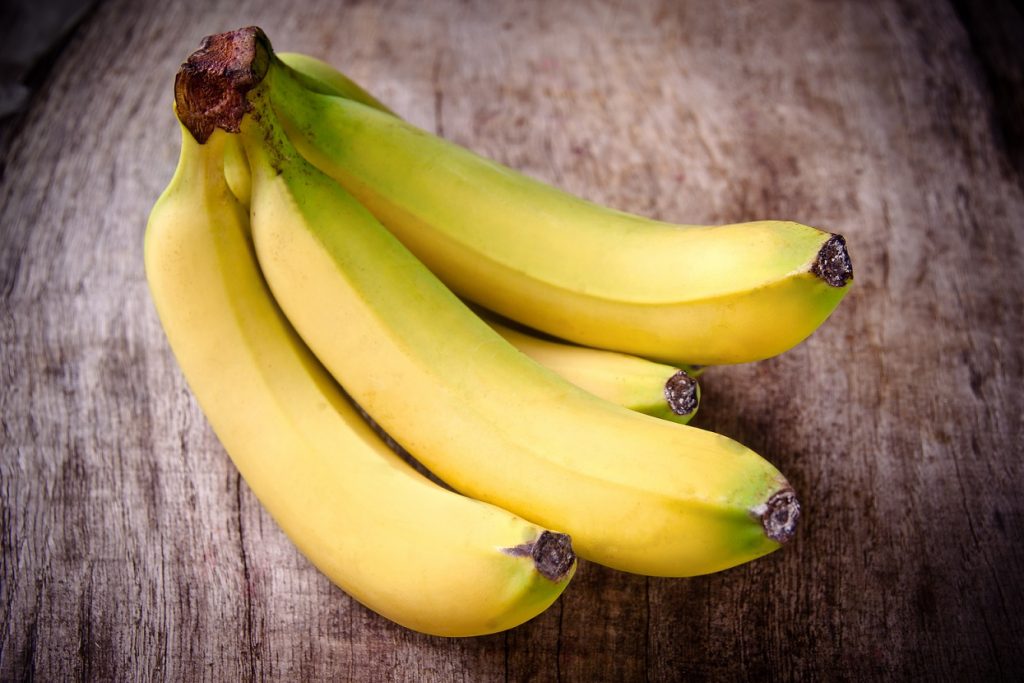Genetic variation key to solving most banana problems, says expert

One of the world's leading agricultural universities is conducting two lines of scientific research aimed at saving the global banana industry which is under major threat from Panama disease. 
The Netherlands' Wageningen University said that in the last century the much-loved Gros Michel banana variety had been wiped out as a result of the fungal disease, and now the replacement Cavendish variety was at risk.
At his inauguration as professor by special appointment for Tropical Phytopathology at Wageningen University & Research on Sept. 21, Professor Gert Kema gave his opinion what it will take to save the banana.
He explained that as Cavendish does well in all types of soil and for years showed little susceptibility to Panama disease, major producers planted the variety en masse on the defunct Gros Michel plantations.
The 'agronomic miracle,' as Cavendish has been dubbed, came to dominate the international market and has partly supplanted local varieties in India and East Africa, says Professor Kema.
"Moreover, retailers keep the kilo price to a minimum because bananas generate top turnovers in supermarkets. They are money machines, similar to cotton T-shirts," he said in his inaugural address Tropical phytopathology – dragging orphan crops into the spotlight.
"As with other “orphan crops,” monetary investment has lagged behind in the financially thriving banana industry. No money has been put into basic scientific research.
"Now we know that was the wrong decision."
Return of Panama disease
Panama disease is caused by a Fusarium fungus, which has now developed an extremely virulent strain known as TR4 (Tropical Race 4), with disastrous consequences.
What’s more, there are no seeds banks with propagating material for new varieties to replace the Cavendish.
"We are back to square one," Kema said.
"Cavendish has one major drawback: there is no genetic variation. This means that the bananas of the big brands and fair-trade bananas are genetically identical. They are clones grown in extreme monocultures and are therefore all equally sensitive to fungal diseases."
He added that at the same time, the major producers are focusing exclusively on preserving the Cavendish and the practical knowledge the industry has of it.
"Panama disease was identified in the Cavendish in Taiwan as early as 1960, but only when we demonstrated that the TR4 fungus variant had surfaced in Jordan, and later in Lebanon, Pakistan, Laos and Mozambique, did the sector wake up to the problem and suddenly start calling for emergency measures," he said.
"In addition, only 15% of the harvest is destined for export, while the remaining production is sold on the local market.
"Millions of farmers are dependent on a good harvest, and this harvest is threatened by the introduction of the TR4 fungus strain through new Cavendish planting in “clean” areas by conservative market players."
Saving the banana
Kema explained the ability to control the TR4 fungal strain relied on having genetic knowledge of both the banana varieties and the fungus.
His research group has since cataloged a thousand strains of Fusarium and has been able to map out a family tree of the fungus. In this way, they can see where the fungus originally spread from and draw parallels with human migrations.
The group is also concentrating on breeding programmes based on varieties of wild bananas.
‘This is because ensuring genetic variation is the key to tackling most problems in bananas. Genetic variation also means more choice for consumers,’ Kema said.
It will take no fewer than ten years to produce new varieties, he said.
In addition, the Wageningen professor hopes to collaborate with partners from the business world on the science so that solutions will actually find applications in the banana economy.
But the research group is also seeking contact with small-scale banana growers in order to investigate their questions, dilemmas, choice of varieties and access to the market.
This should also mean that in future they will be able to choose between several resistant banana varieties for the market for food, fruit and fibres.
Photo: www.shutterstock.com













































